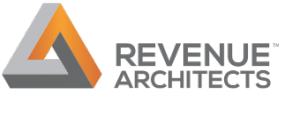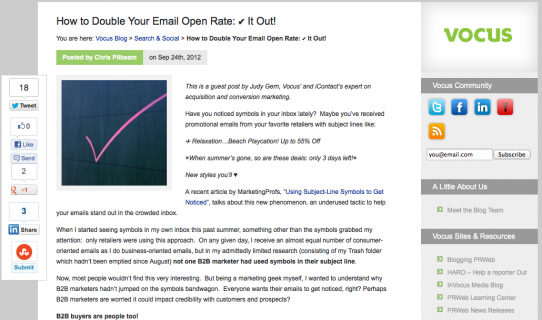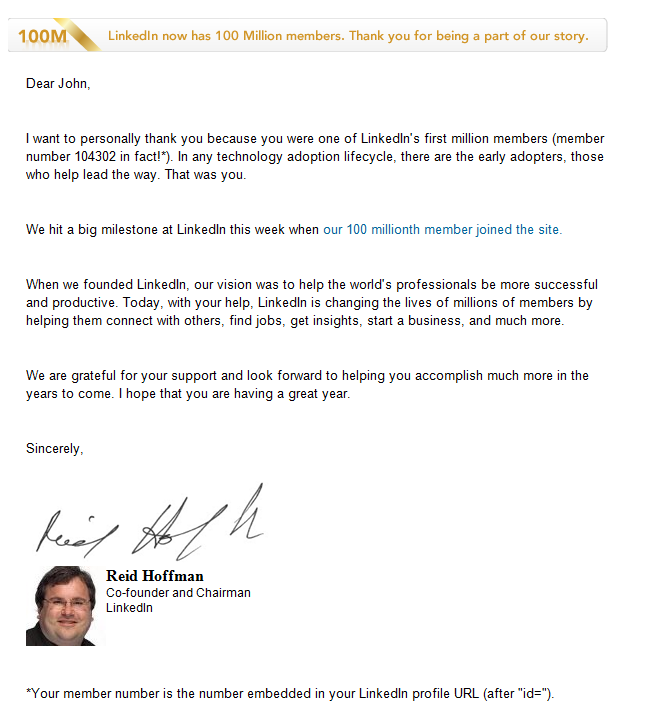Every day there is an article like this one in a local newspaper sympathizing with someone who was fired because of something they posed online. Thankfully for registered representatives, FINRA is catching up with the digital age and addressed the issue of regulation and social media, fittingly, on its blog. In early January 2010 it released Regulatory Notice 10-06 which is intended to serve as guidance for Registered Representatives. Though short by FINRA standards at only ten pages, it is as monotonous as other FINRA publications. But true to form it does spell out some key things to keep in mind when using social tools:
Record Keeping
Because Twitter, Facebook and any of the other numerous social networking tools are written communication, the correspondences must be retained if they relate to “business as such.” The content of the particular post governs if it falls under the record keeping regulation or not. There are tools from Arkovi and Socialware that help address this.
Suitability
The same FINRA rules apply to social media as every other communication with customers. FINRA suggests going in two different directions with maintaining Suitability compliance. You may either a) make recommendations but only let suitable customers see them or b) don’t make recommendations. Make sure that either your settings or comments are restrained enough to not allow a recommendation to be seen by the wrong person.
Static
Blogs, being a static environment, are considered advertising and must be approved by a regulatory principal. This means that both Suitability and Record Keeping regulations apply.
Interactive
Unlike other the social communications mentioned above, posting on Forums is considered a public appearance and is regulated by the same Rule (2210) that would govern any event you were at in person. The same standard applies to the comment areas of blogs, Facebook walls and other areas with interactive ability.
Facebook
Facebook content falls under both of the two categories listed above. The Profile, pictures, banner ads and any content that users can’t interact with is considered static and must be approved by an appropriate regulatory principal. The wall, comments and any other content that non-firm employees can comment on, poke or engage in some activity is considered interactive. This means that a regulatory principal does not need to approve communications before posting. Due to an employee posting, well, anything on their employer’s wall could be construed as advertising it is not advisable to post non-approved principal approved comments.
As illuminating as this publication was, it is still merely guidance which FINRA offered to shed some light on these key issues. With social media and all other communication tools – Hello, Reply All button – common sense will protect will protect you more often and fully than any compliance officer ever can.
Stay tuned for more articles addressing platform specific concerns.


 RIA Stands for You: Tips to Get Started! –
RIA Stands for You: Tips to Get Started! –  Since the private equity business is dependent on relationships with a finite number of LPs, executives and entrepreneurs, you need to be sure you can identify every potential opportunity to engage with your target audience. With 3 out of 4 Americans using social media, various platforms like
Since the private equity business is dependent on relationships with a finite number of LPs, executives and entrepreneurs, you need to be sure you can identify every potential opportunity to engage with your target audience. With 3 out of 4 Americans using social media, various platforms like 

